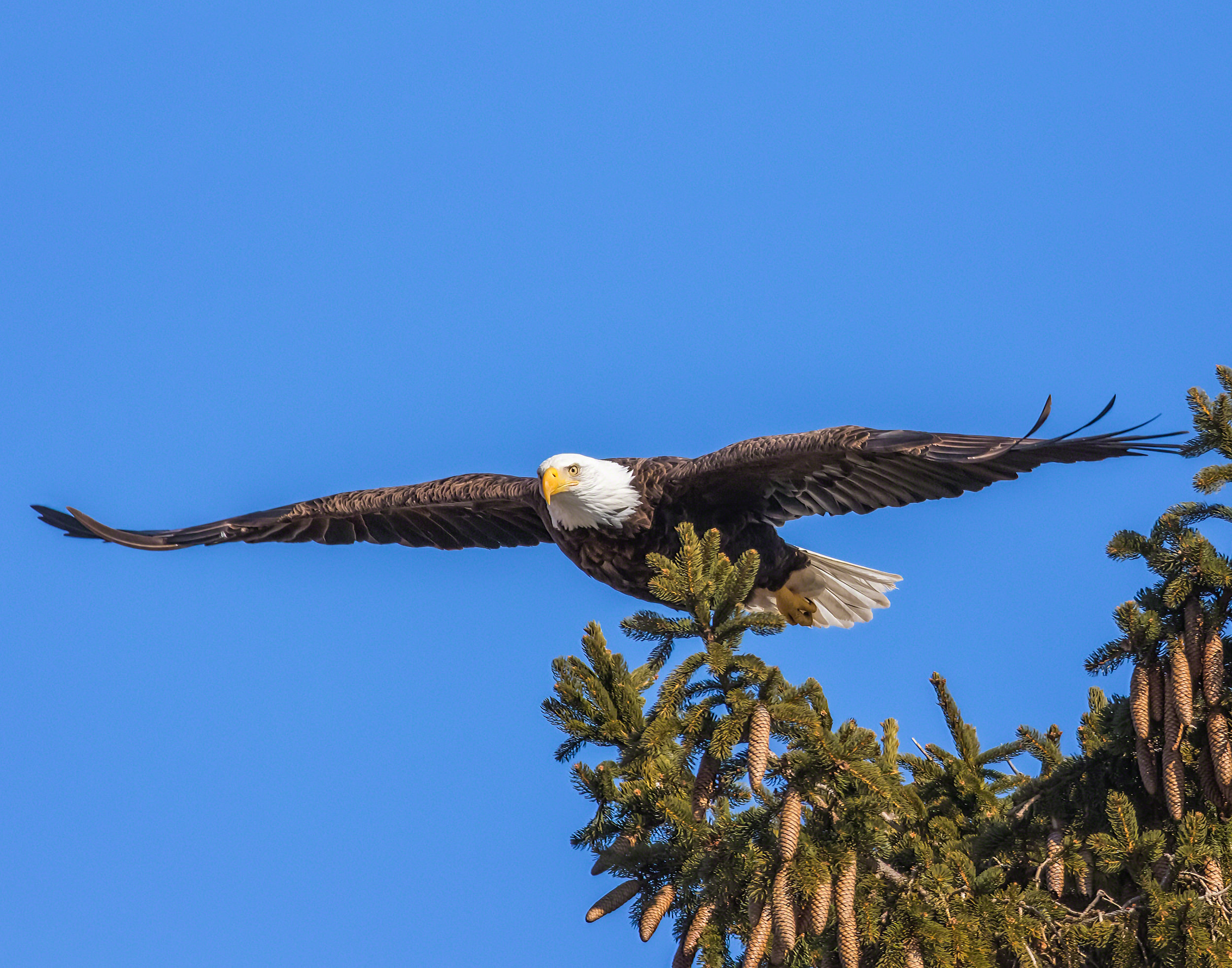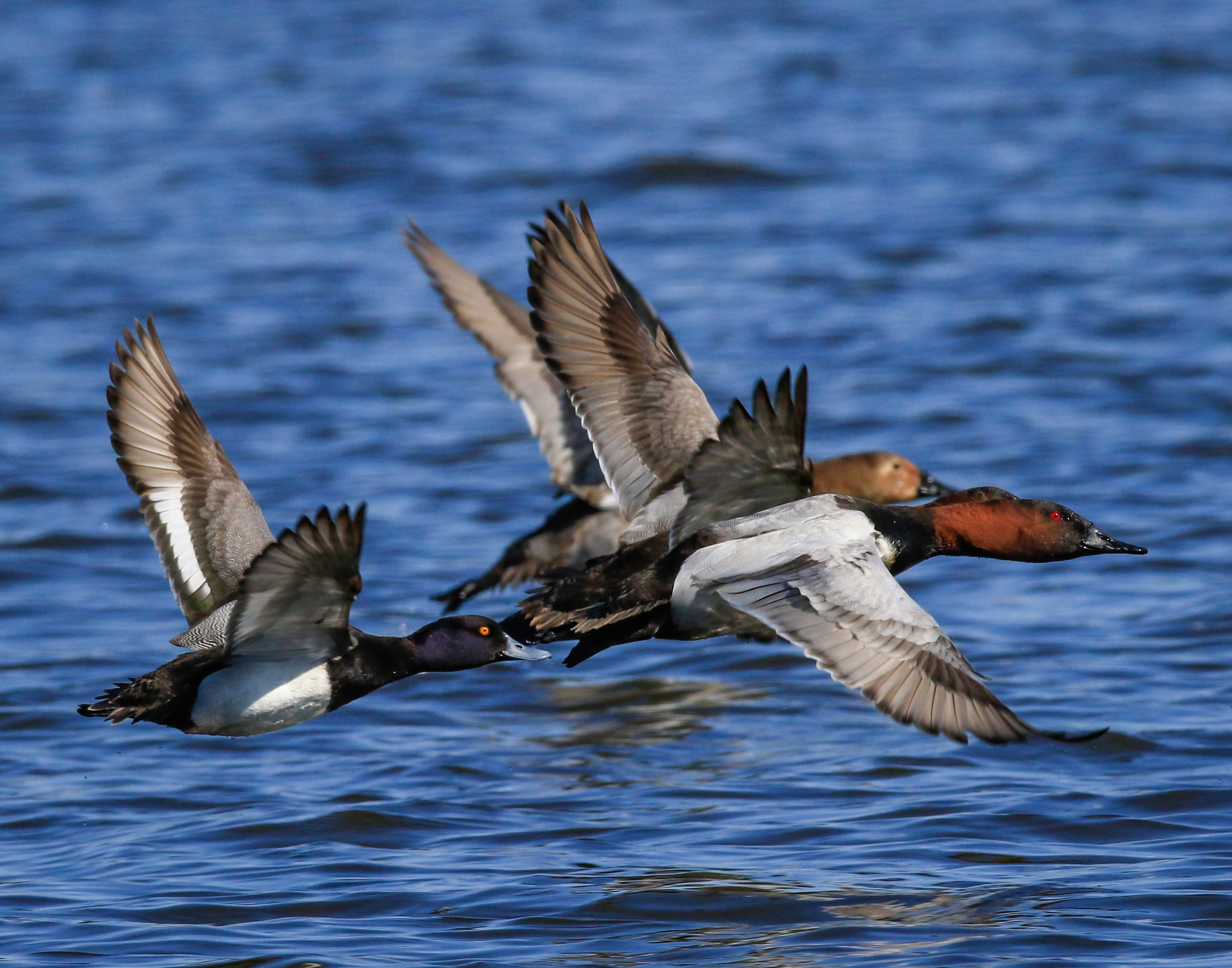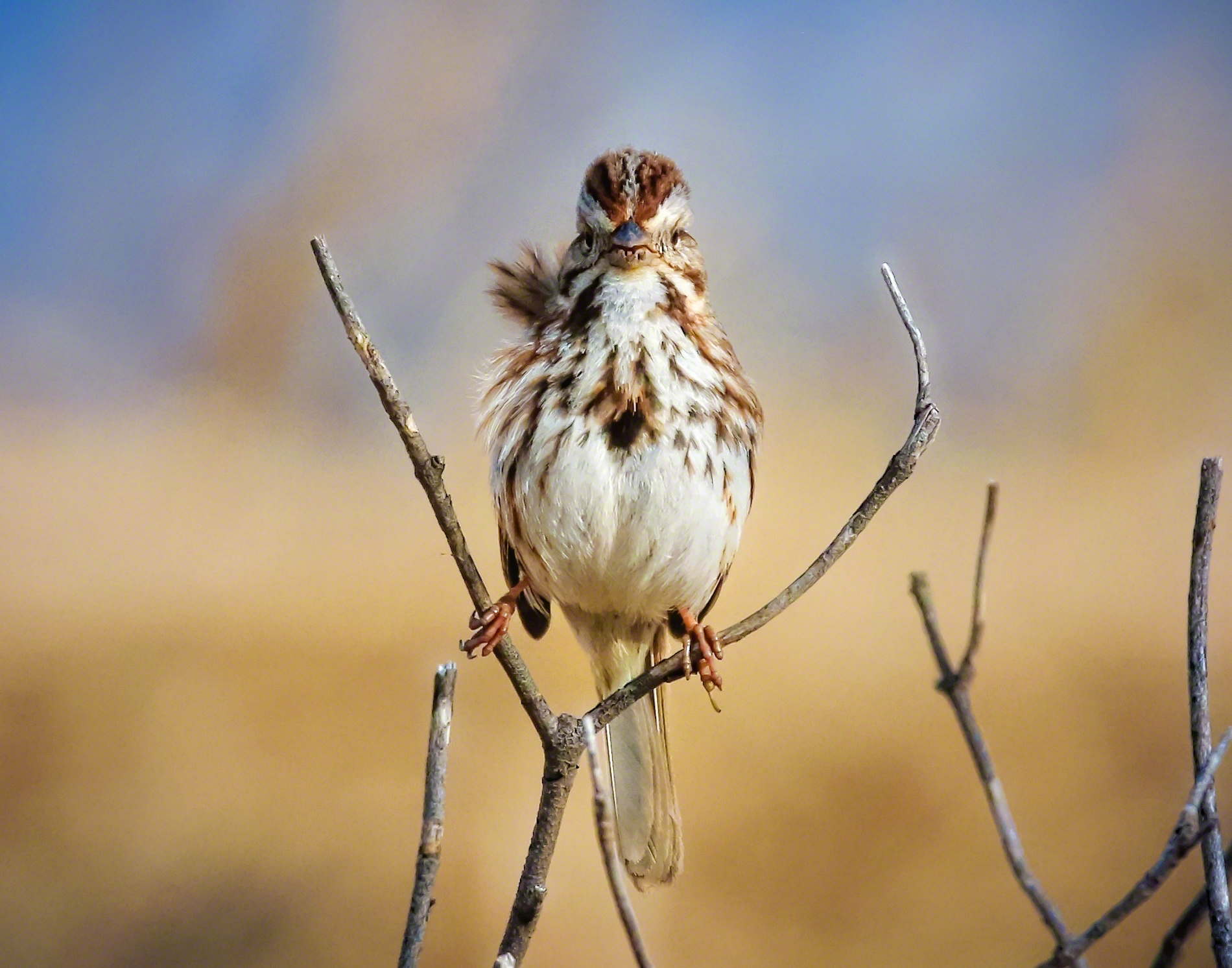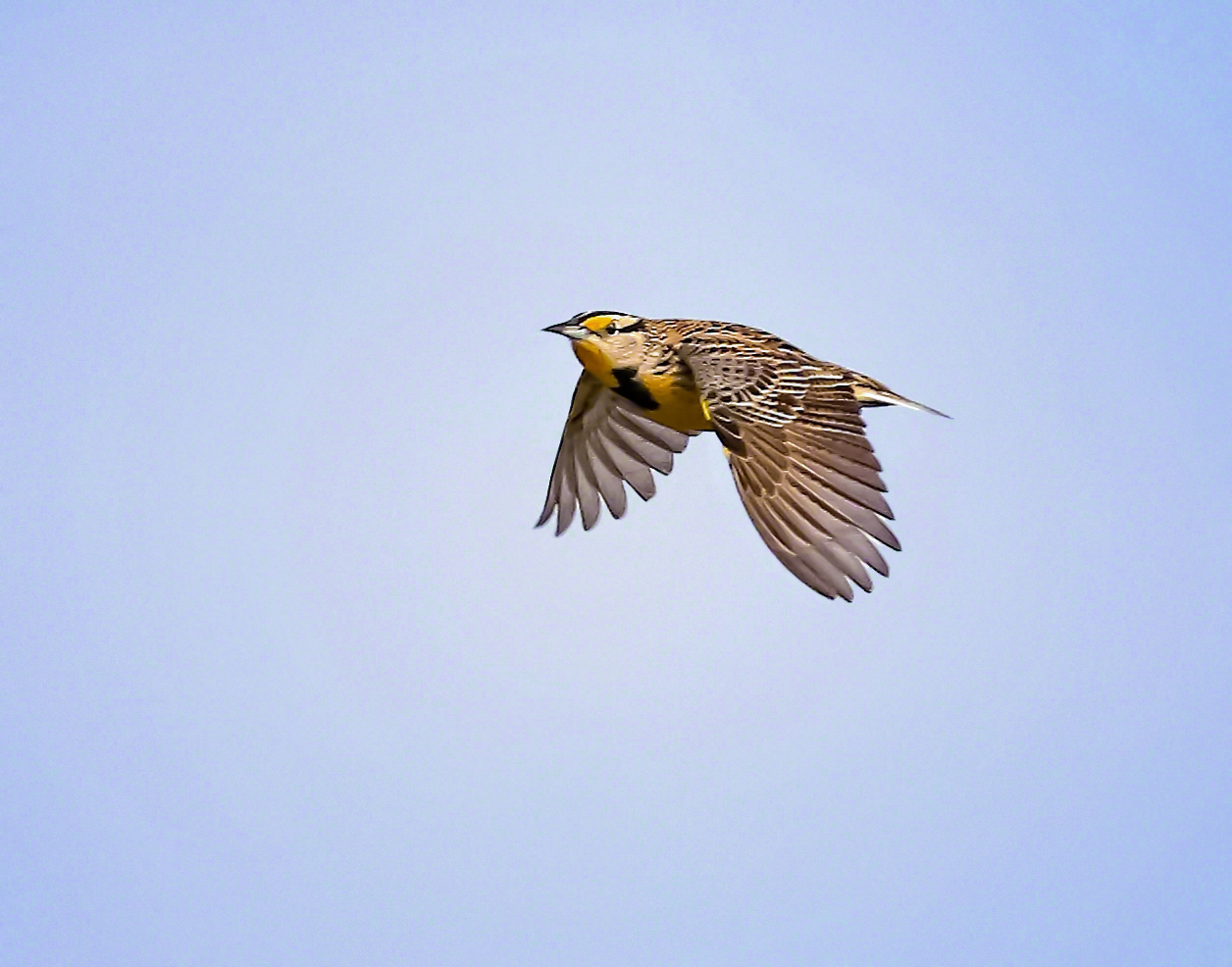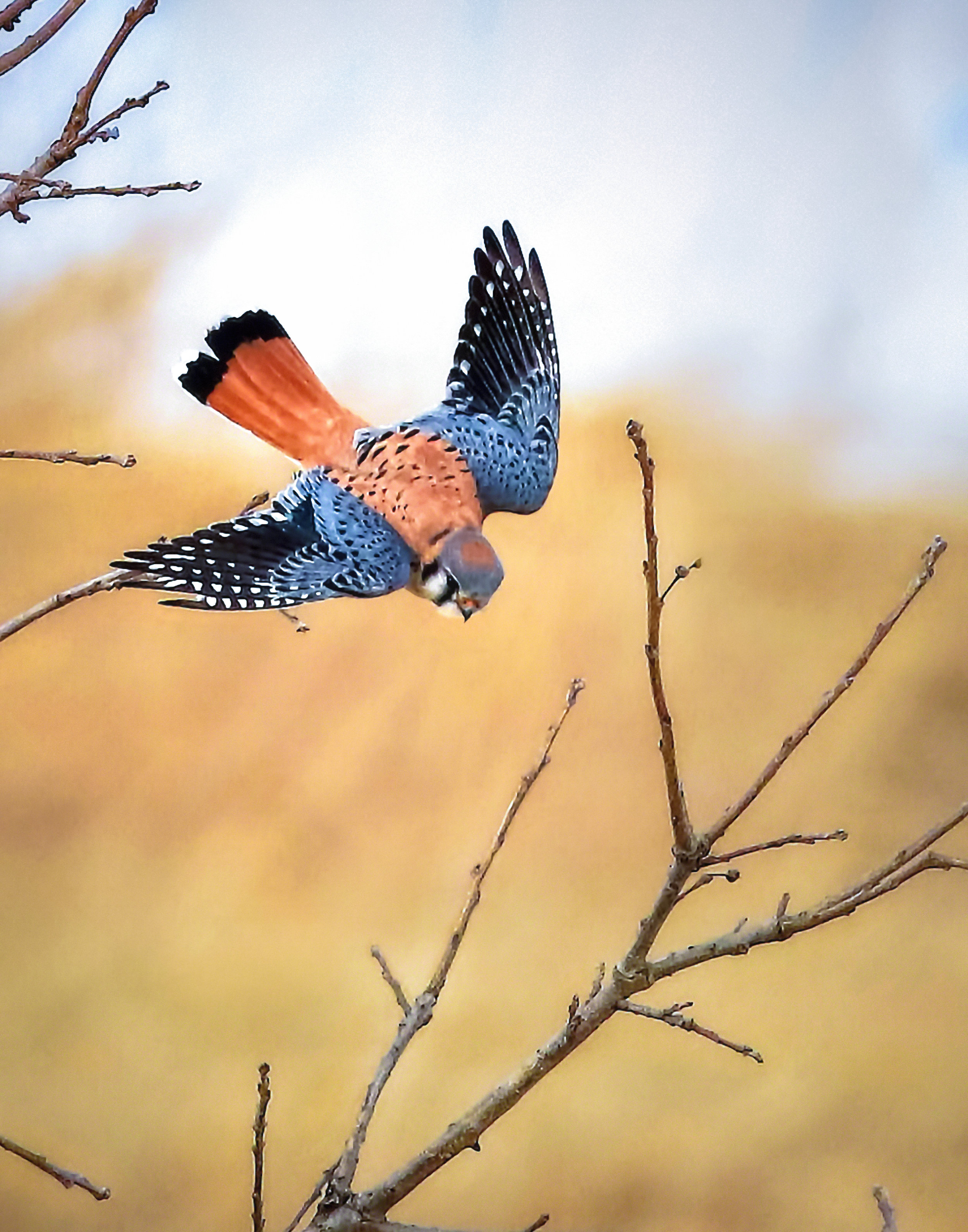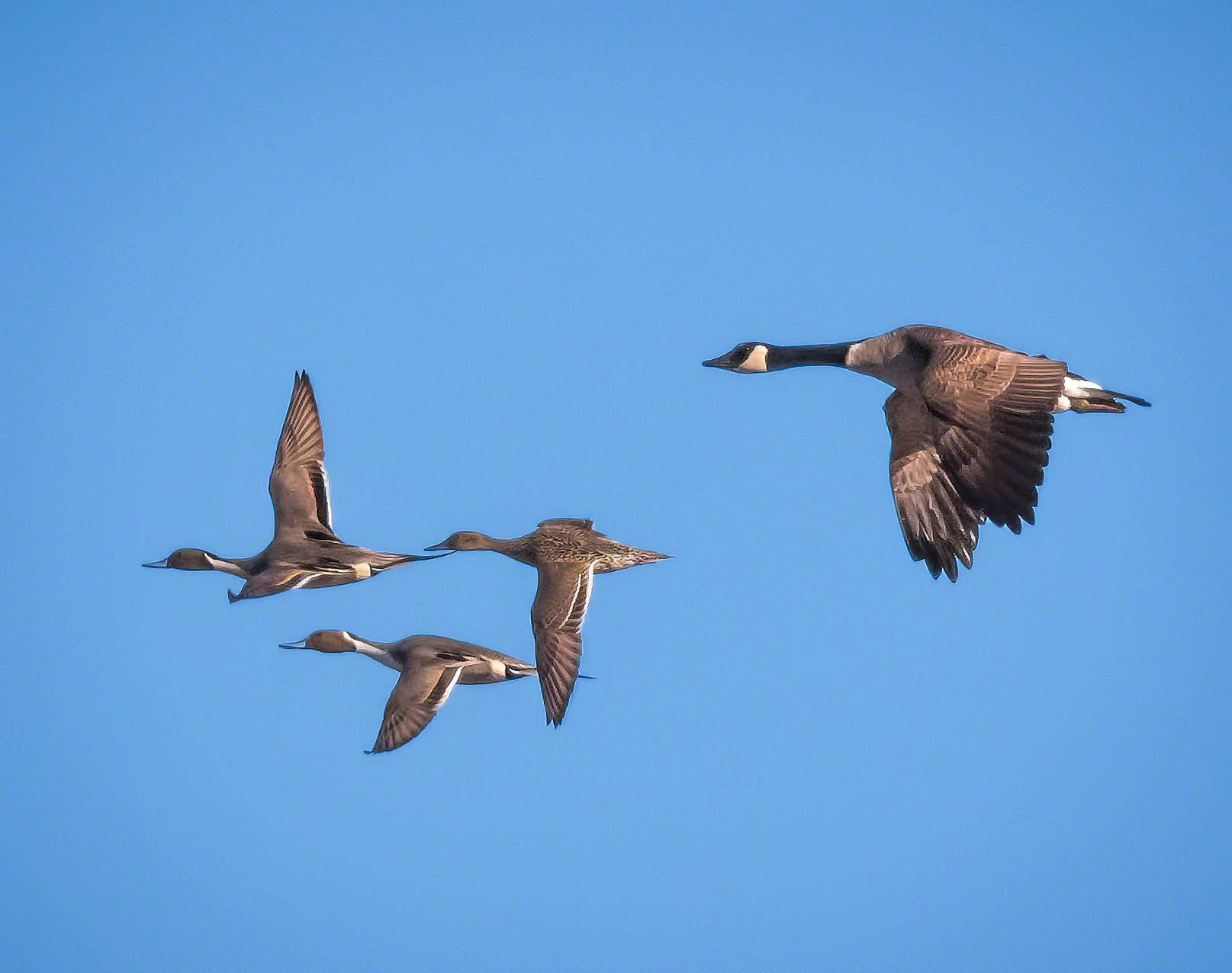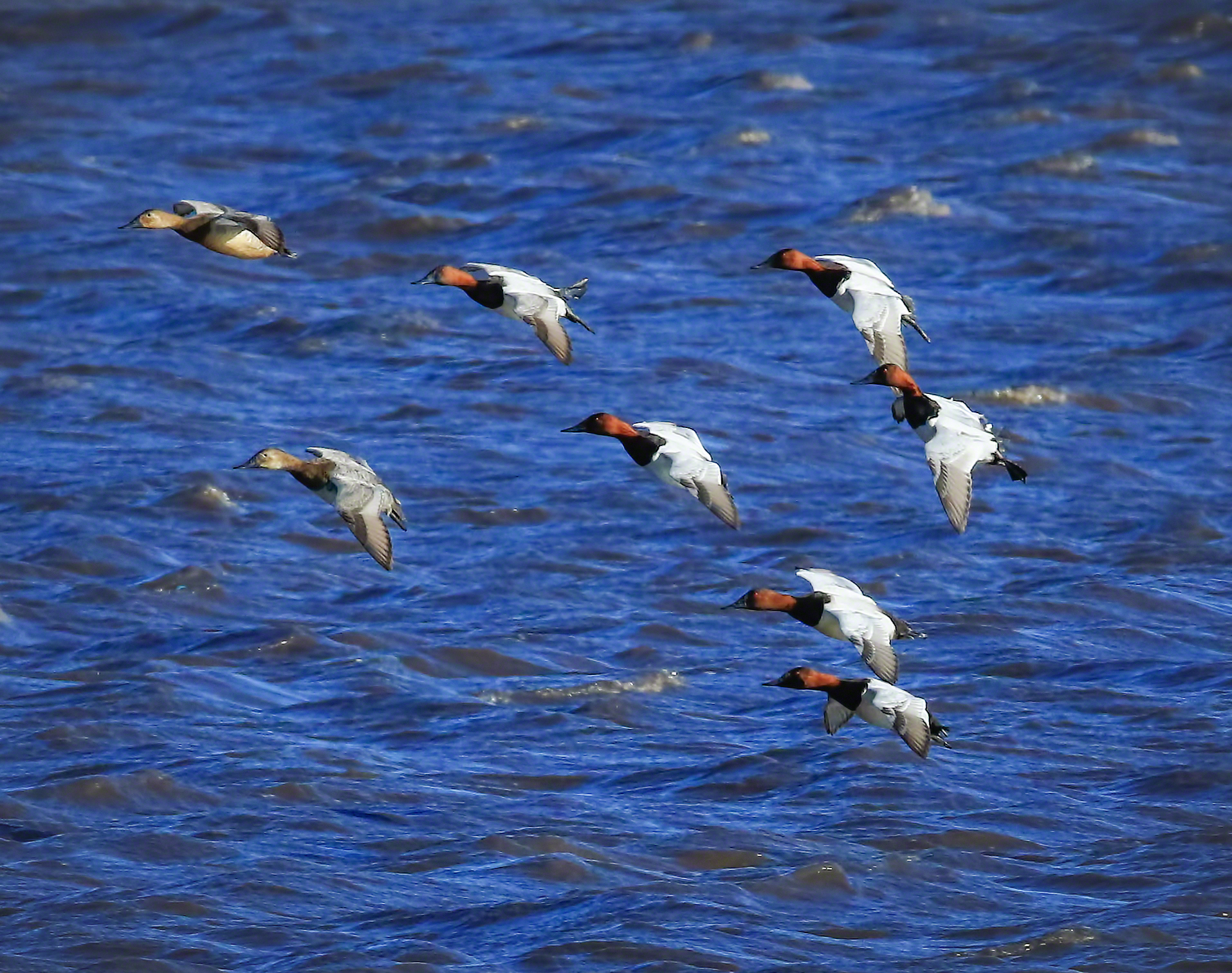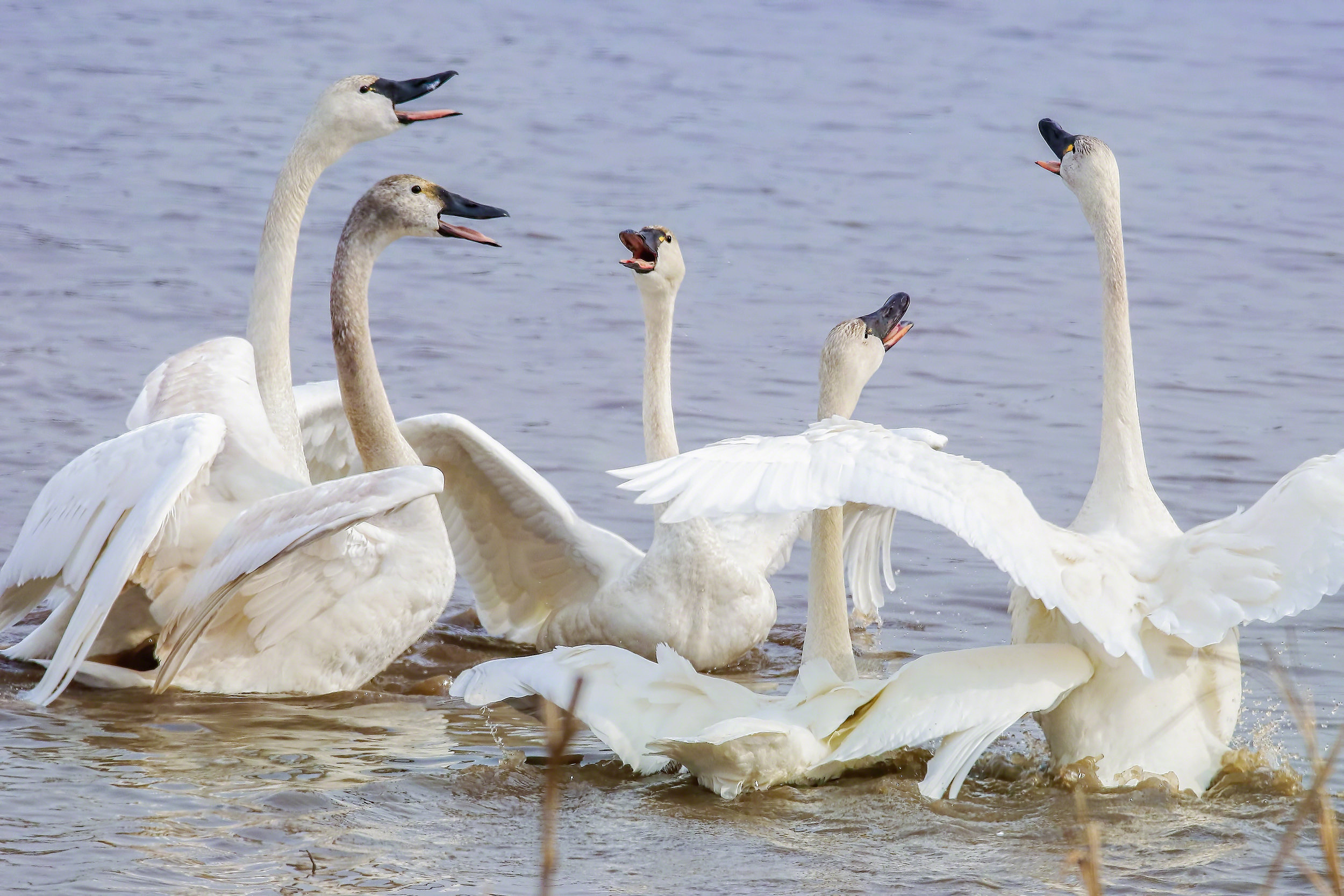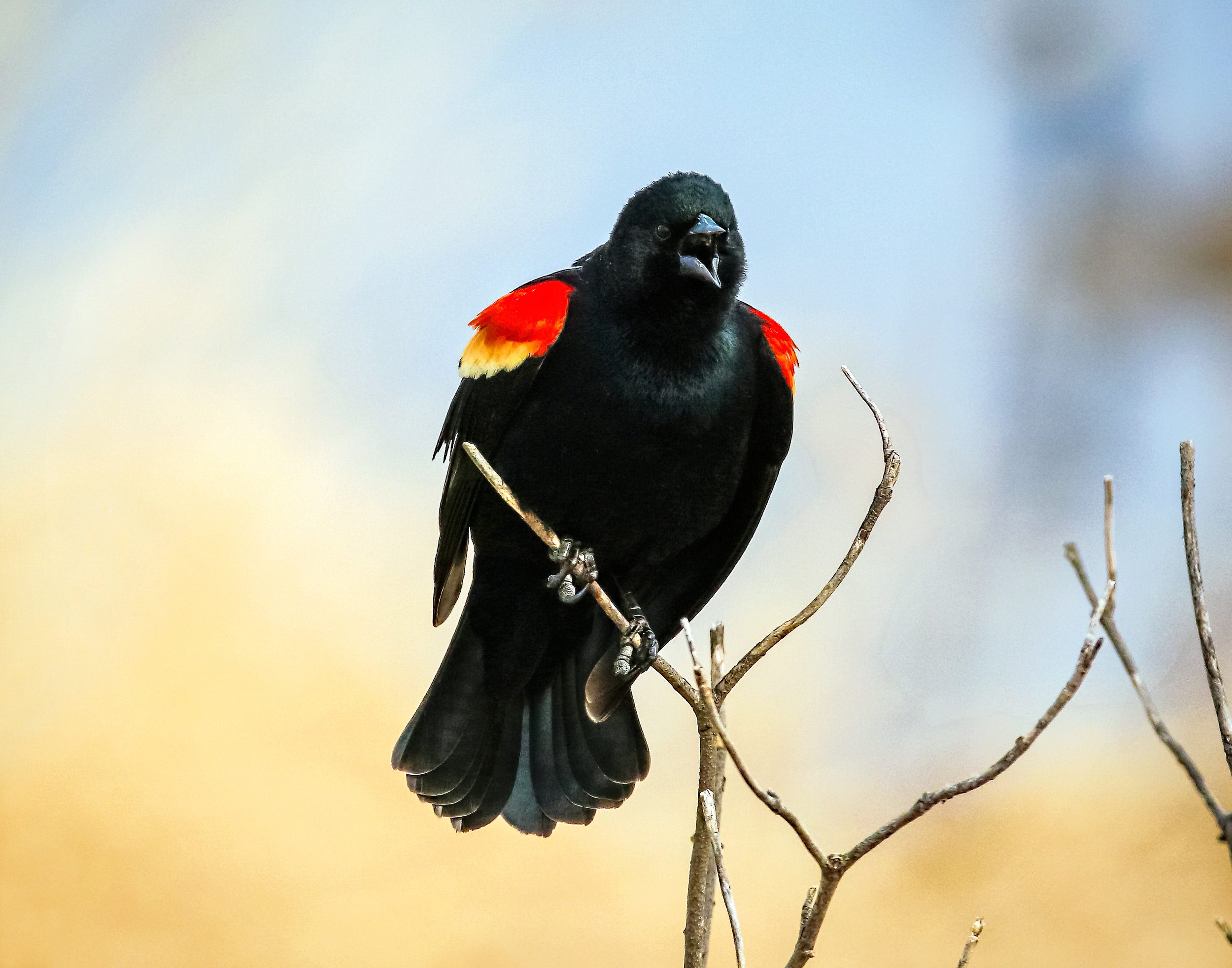Female American kestrel at Goose Pond Sanctuary, photo by Jim Stewart
As you read in the November 2017 Madison Audubon Society newsletter, American kestrels have found a safe haven to raise young in south-central Wisconsin. Through our nest box program coordinated by Brand Smith and made possible through the efforts of many staff and volunteers, nearly 150 nest boxes have been installed and monitored since 2009, and have produced hundreds of these incredible falcons! In fact, our nest box trail is the second largest in the nation, just behind Sacajawea Audubon Society that monitors 151 boxes in the area around Bozeman Montana.
2017 was a very good year for American kestrels with a record number of 190 kestrel fledgling from 47 nest boxes. In the past five years 572 young have fledged.
In our region, American kestrels have declined 41% from 1966 to 2014 according to Breeding Bird Survey data. Our goal is to reverse that trend in south central Wisconsin. Check out this link to see the locations for confirmed kestrel nesting pairs in the Breeding Bird Atlas II. You will note a
large number nesting in Columbia County and in the other six counties.
Breeding Bird Atlas data for American Kestrels. View the interactive map here.
We look forward to continuing the kestrel nest box program next year and beyond! If you're interested in helping install and/or monitor kestrel boxes, contact Brand Smith (brandsmith@charter.net).
An American kestrel chick about to be banded as a monitoring effort through Madison Audubon and the Central Wisconsin Kestrel Research program. MAS Photo






